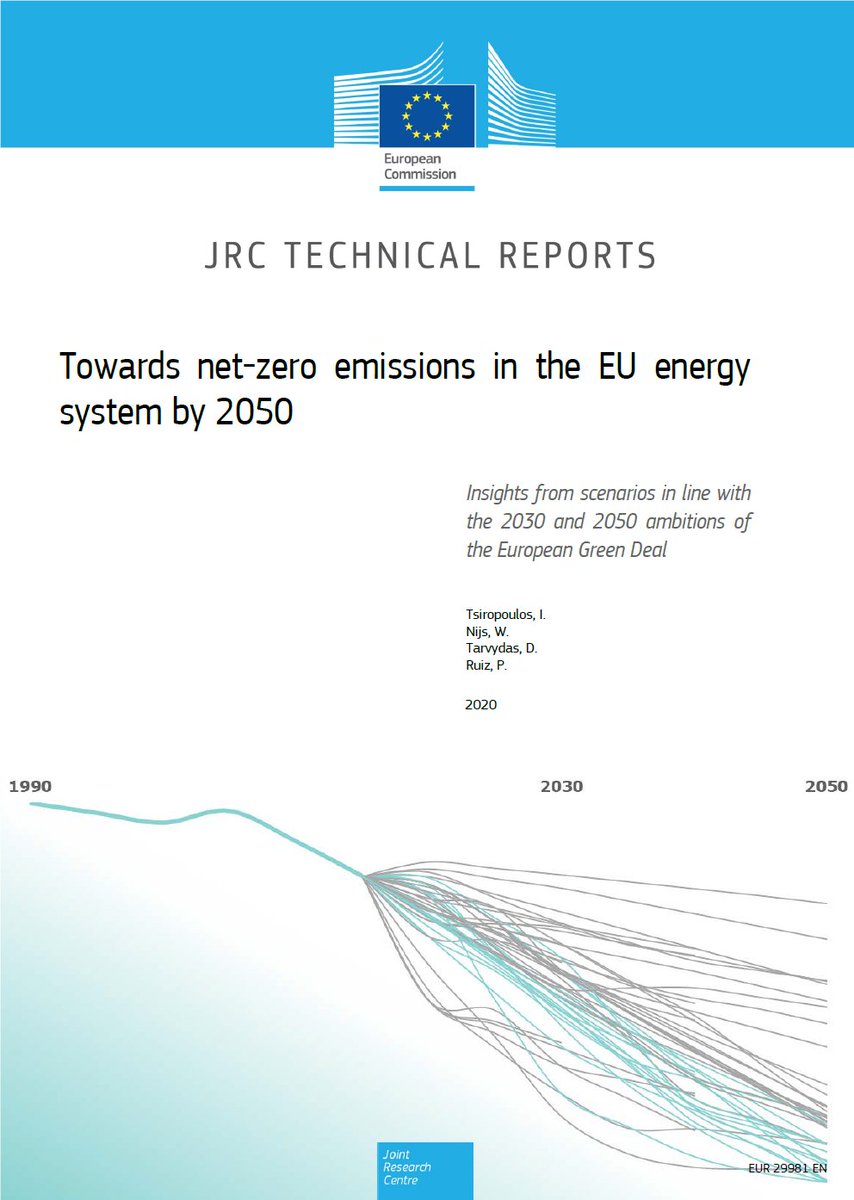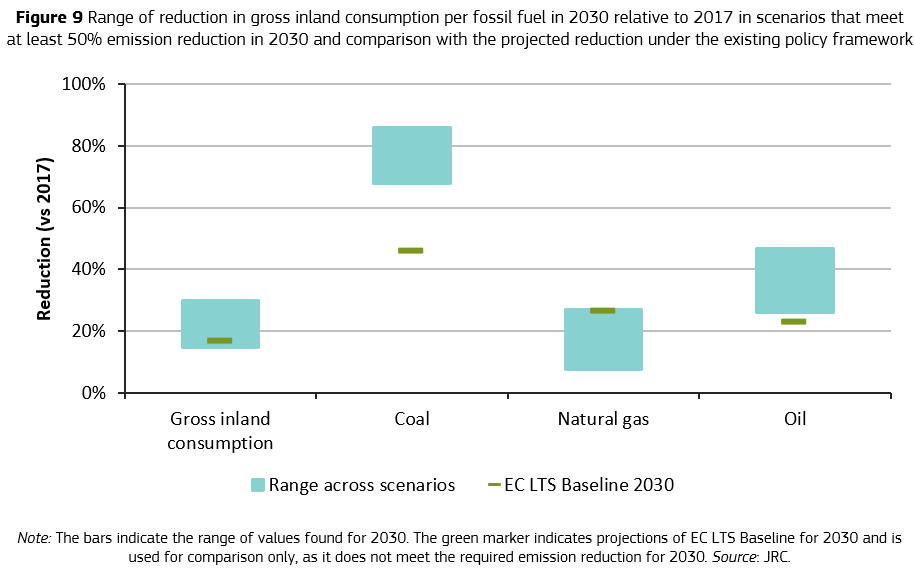
A teasing thread (1/25) on our new report that benchmarks energy scenarios and distils key indicators and insights for the #cleanenergy transition. Jointly produced by @EU_ScienceHub and @IRENA. Enjoy! ec.europa.eu/jrc/en/science… 
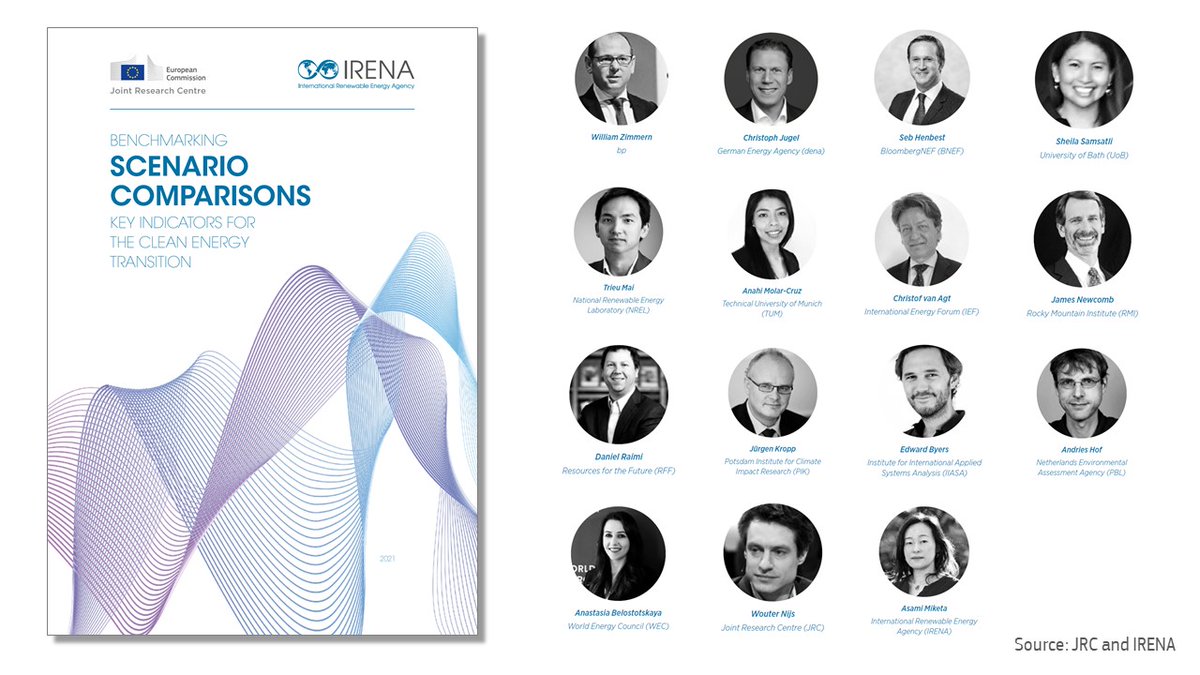
(2/25) This figure presents the process for comparing long-term energy scenarios and the different steps that can be improved. Important steps are to identify and communicate key insights for the clean energy transition. 

(3/25) The core of the benchmarking was to screen each study on reported indicators and assumptions. The aim? To find how we can improve scenario comparisons. 
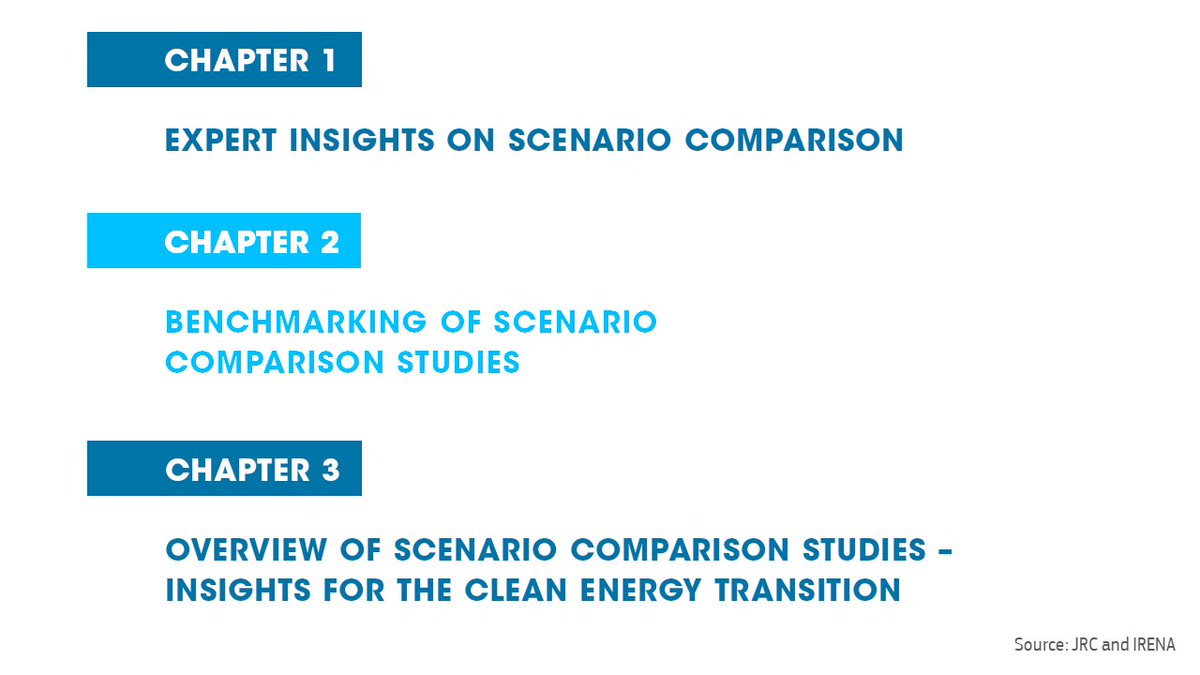
(4/25) 24 indicators have been carefully screened.
(5/25) We conclude that studies could provide more information on 10 specific indicators. Examples are bioenergy feedstock or the sources from which carbon dioxide is captured and on how much is reused or sequestered. 

(6/25) Some critical assumptions that need further attention include the speed at which sectors can transition and the availability of climate-neutral fuels. 

(7/25) We also screened each study on the insights they provide for the clean energy transition. Remember, one of the important steps. 

(8/25) This resulted in a very useful and compact list on similarities on what is deemed required for the energy transition. 

(9/25) as well as a compact list of differences between what the scenarios stated as being required
for the energy transition
for the energy transition

(10/25) But the best part to read is the synthesis of the discussions at our IRENA-JRC LTES workshop on expert insights. It reads like a magazine and we are very grateful that all experts have shared their insights with us. irena.org/events/2020/Se… 

(11/25) William Zimmern from bp spoke about consistent breakthrough technologies in transition scenarios. @bp_plc #bpNetZero 
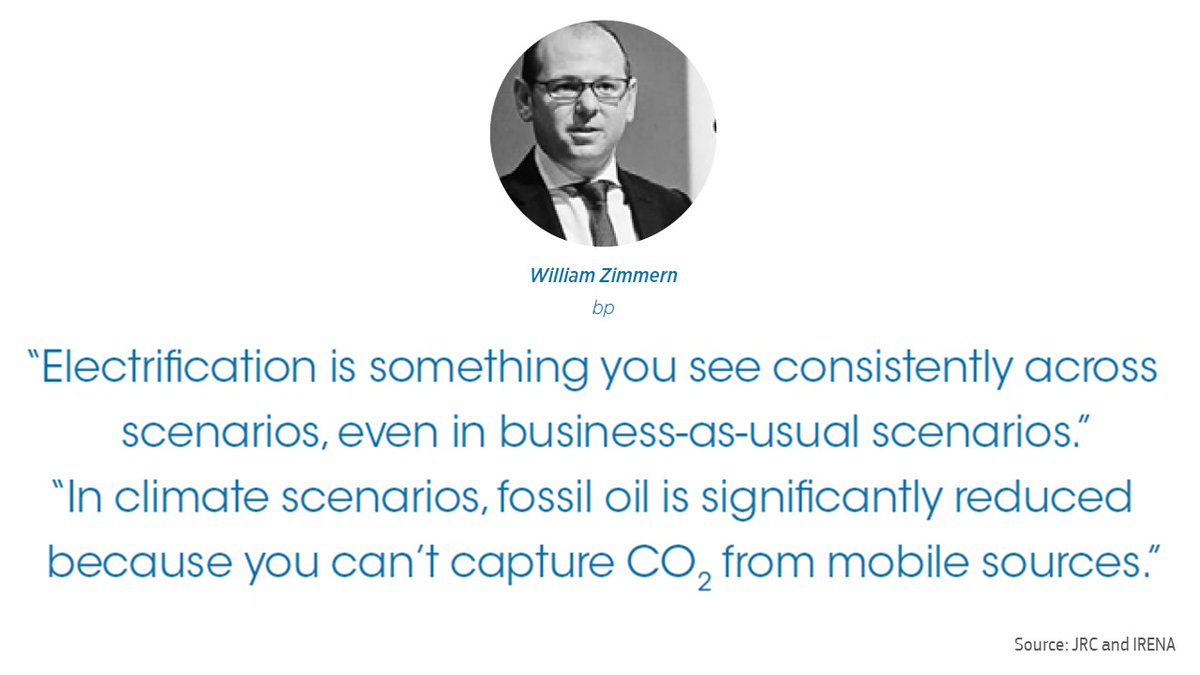
(12/25) Christoph Jugel from the German Energy Agency (dena) spoke about setting intermediate goals for an integrated energy transition. @dena_news 

(13/25) Seb Henbest from BloombergNEF (BNEF) spoke about trade-offs, sector growth and the role of consumers @SebHenbest 

(14/25) Sheila Samsatli from the University of Bath concludes that similarities and differences across scenarios provide a range for technological deployment @UniofBath 

(15/25) Trieu Mai from National Renewable Energy
Laboratory (@NREL) spoke about how uncertainty on breakthroughs can cause differences across scenarios
Laboratory (@NREL) spoke about how uncertainty on breakthroughs can cause differences across scenarios

(16/25) Anahi Molar-Cruz from the Technical University of Munich (TUM) spoke about the benefits of integrated modelling of sectors and regions 

(17/25) Christof van Agt from the International Energy Forum (IEF) spoke about the aim of scenario comparison studies and improving comparability @AgtChristof 

(18/25) James Newcomb from the Rocky Mountain Institute (@RockyMtnInst) spoke about shifting the attention to the demand side, consumer behaviour and the ecosystem 

(19/25) Jürgen Kropp from the Potsdam Institute for Climate Impact Research (PIK) recommended assessing trade-offs rather than absolute values in scenario comparison @J_P_Kropp 

(20/25) Edward Byers from the Institute for International Applied Systems Analysis (IIASA) spoke about statistical considerations and reviewing the baseline assumptions @EdwardByers 

(21/25) Daniel Raimi from Resources for the Future (RFF) advocates clear communication with scenario users, not only with scenario developers @DanielRaimi 

(22/25) Andries Hof from the Netherlands Environmental Assessment Agency (PBL) stated that political choices are the largest drivers for uncertainty in energy scenarios @Leefomgeving 

(23/25) Anastasia Belostotskaya from the World Energy Council (WEC) spoke about moving beyond scenario reports to active use and impact @Belostotskaya 

(24/25) I spoke about scenarios reaching net-zero emissions in the EU energy system by 2050. Official #EUGreenDeal scenarios are now also visualised in our new energy scenarios tool: visitors-centre.jrc.ec.europa.eu/en/media/tools…
(25/25) Asami Miketa from the International Renewable Energy Agency (IRENA) spoke about IRENA's long-term energy scenarios (#LTES) Network.
THANKS !
THANKS !

• • •
Missing some Tweet in this thread? You can try to
force a refresh


